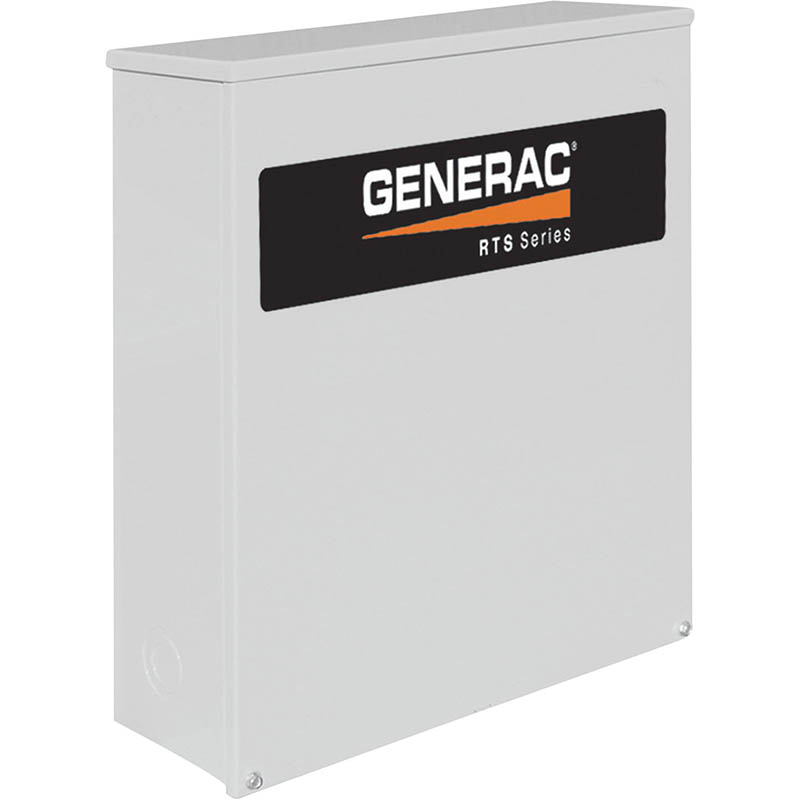Please give us a like on Facebook and keep up with any news from Woodchuck's.
Transfer Switches – the heart of the system
A transfer switch is an electrical switch that switches a load between two sources. Some transfer switches are manual, in that an operator effects the transfer by throwing a switch, while others are automatic and switch when they sense one of the sources has lost or gained power.
An Automatic Transfer Switch (ATS) is often installed where a backup generator is located, so that the generator (standby power) may provide temporary electrical power if the electrical utility source fails.
An automatic transfer switch (ATS) is the first and most important item in a standby power system, and is required by any utility service provider.
As well as transferring the load to the backup generator, an ATS may also command the backup generator to start, based on the voltage monitored on the primary supply. The ATS isolates the backup generator, or other standby power system, from the electric utility when the generator is on and providing temporary power. The control capability of an ATS may be manual only, or a combination of automatic and manual. The switch transition mode of an ATS may be Open Transition (OT) (the usual type/see below), or Closed Transition (CT). A closed transition switch is not allowed in many utility service areas, except by special permission.
For example, in a home equipped with a backup generator and an ATS, when an electric utility outage occurs, the ATS will tell the backup generator to start. Once the ATS sees that the generator is ready to provide electric power, the ATS breaks the home’s connection to the electric utility and connects the generator to the home’s main electrical panel. The generator supplies power to the home’s electric load, but is not connected to the electric utility lines. It is necessary to isolate the generator from the distribution system to protect the generator from overload in powering loads beyond the house and for safety, as utility workers expect the lines to be dead.
When utility power returns for a minimum time, the ATS will transfer the house back to utility power and command the generator to turn off, after another specified amount of “cool down” time with no load on the generator. An ATS can be set up to provide power only to critical circuits or to entire electrical (sub)panels. Some ATS’ allow for load shedding or prioritization of optional circuits, such as heating and cooling equipment. More complex emergency switchgear used in large backup generator installations permits soft loading, allowing load to be smoothly transferred from the utility to the synchronized generators, and back; such installations are useful for reducing peak load demand from a utility.

The heart of your standby power system is the transfer switch. This important item is the first thing you purchase and install in your home. Whether you are switching all of your electrical circuits, or just selected circuits, this switch must be selected carefully.

